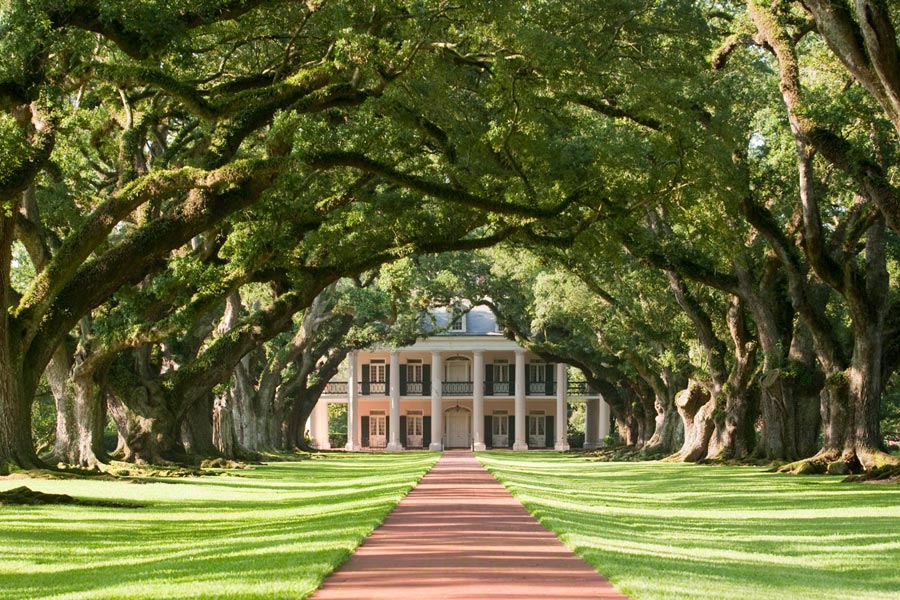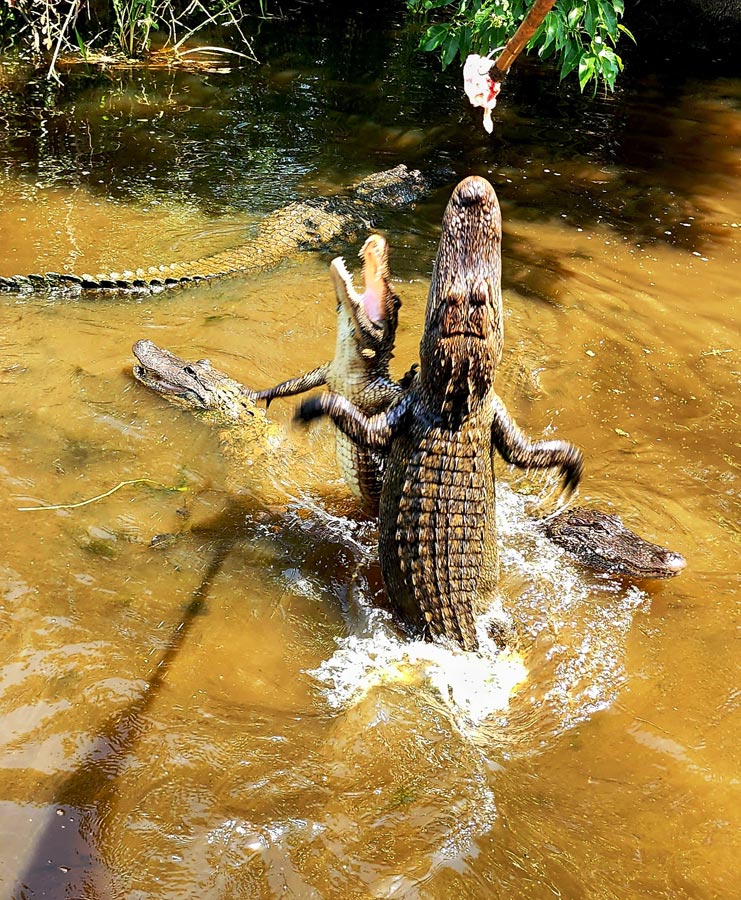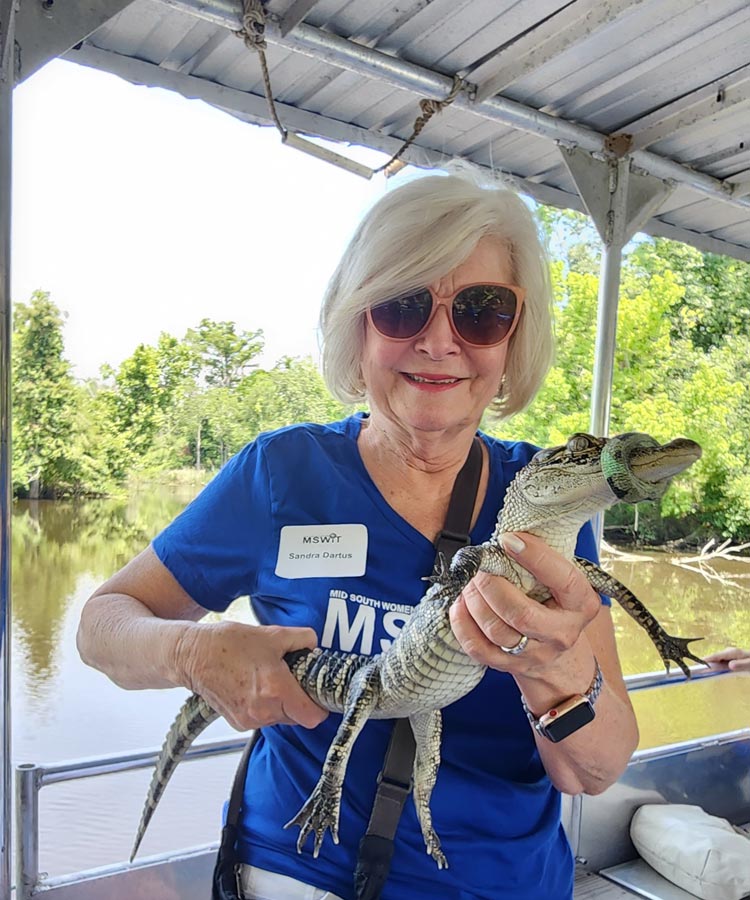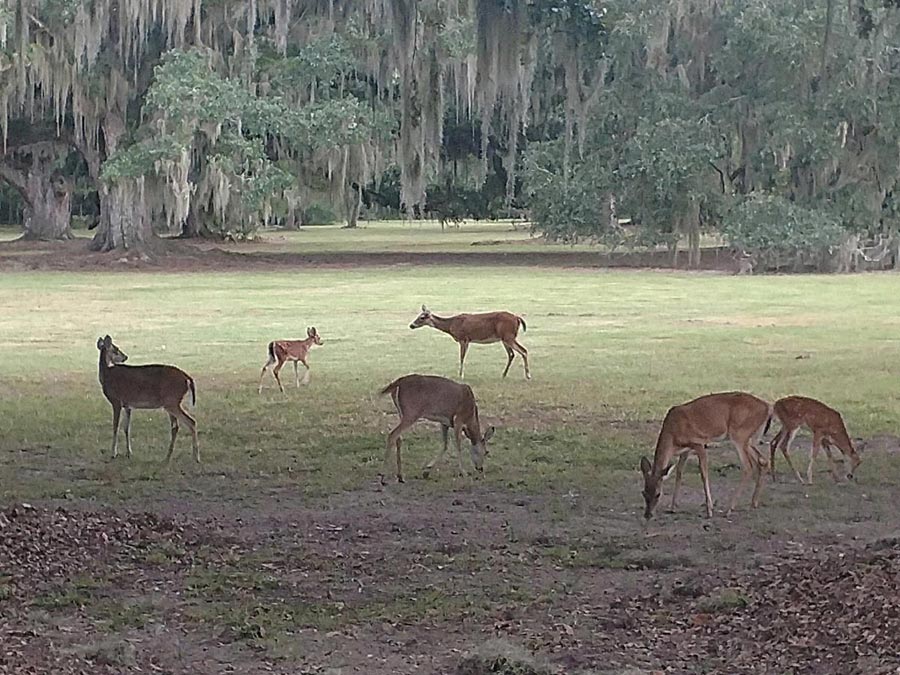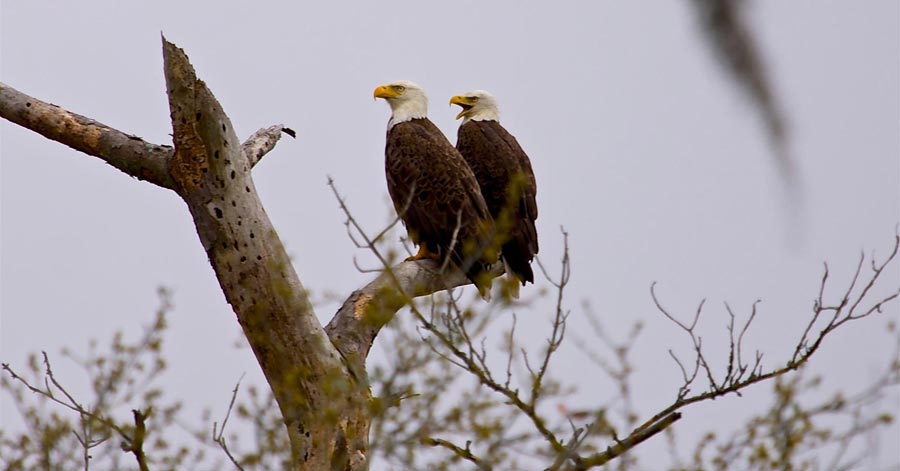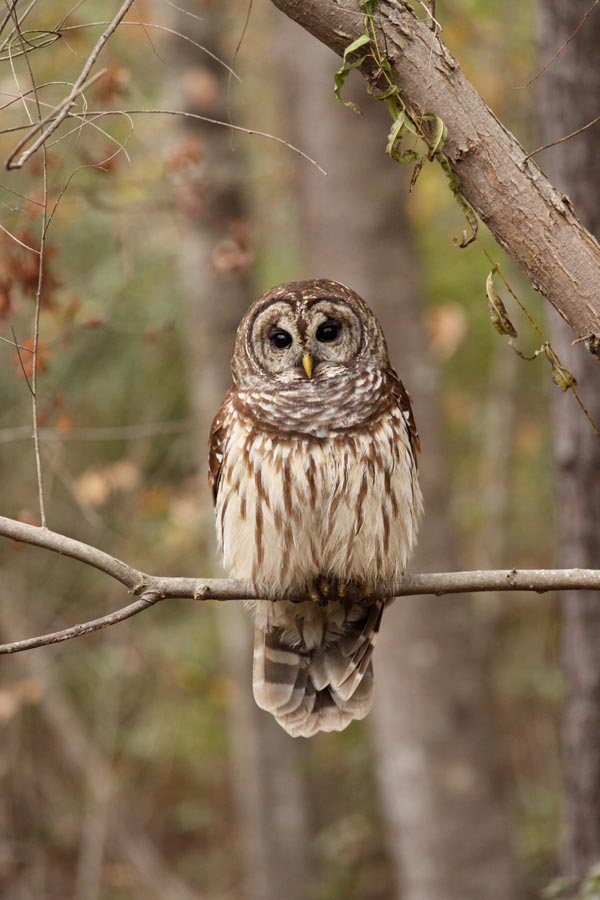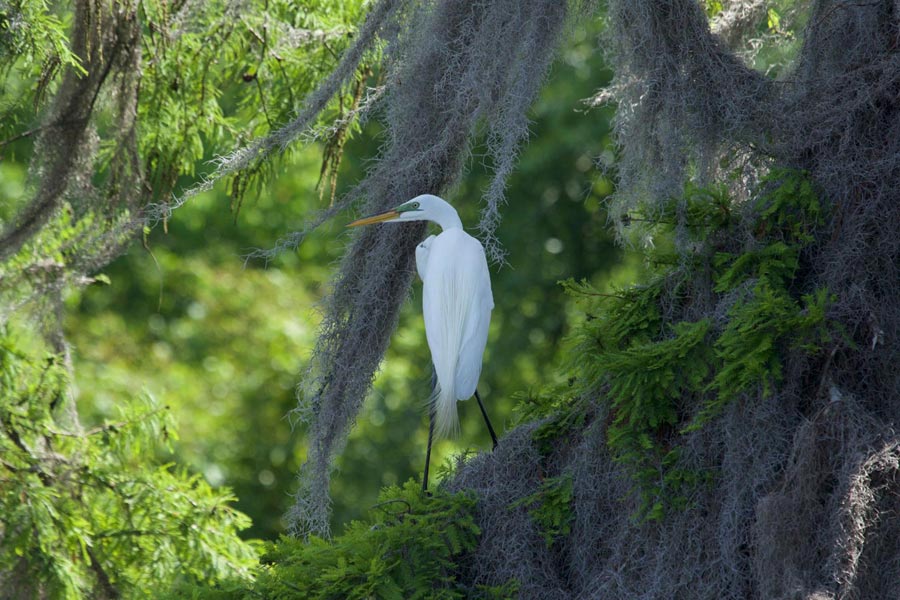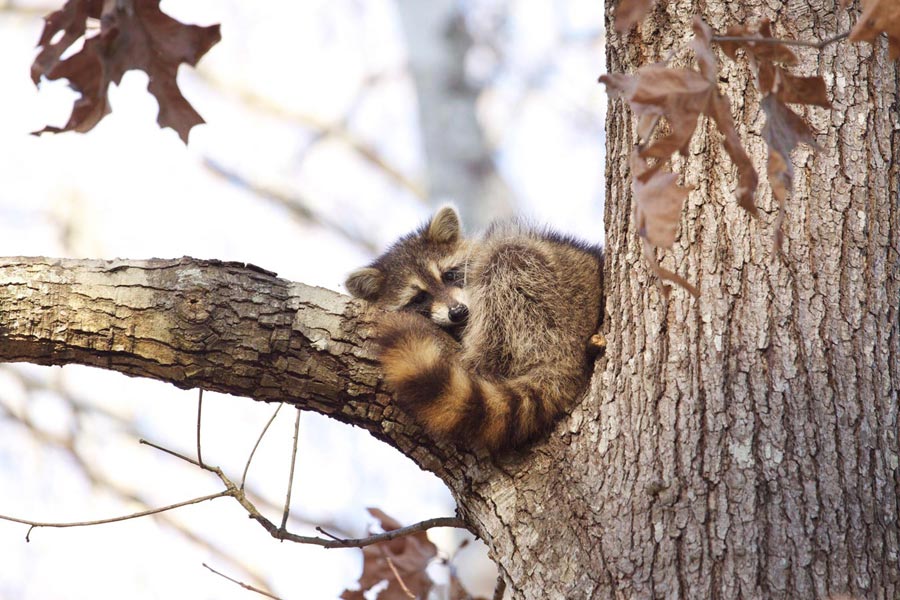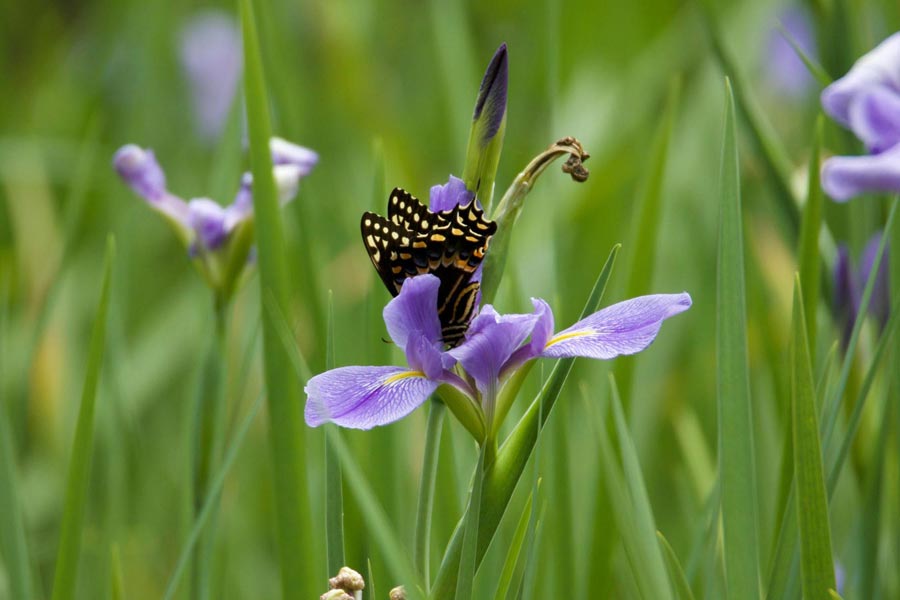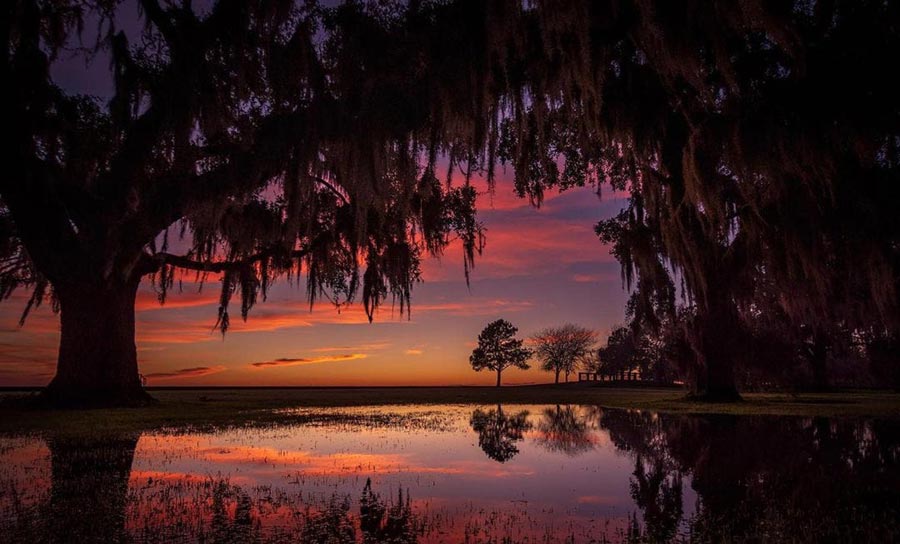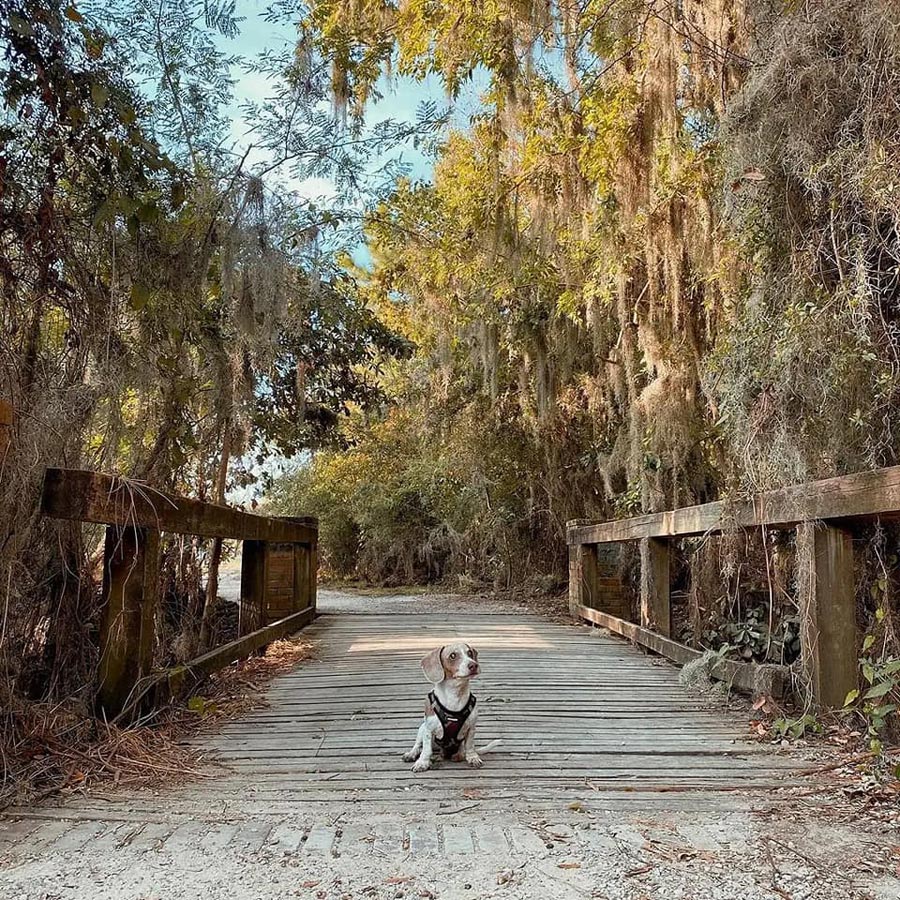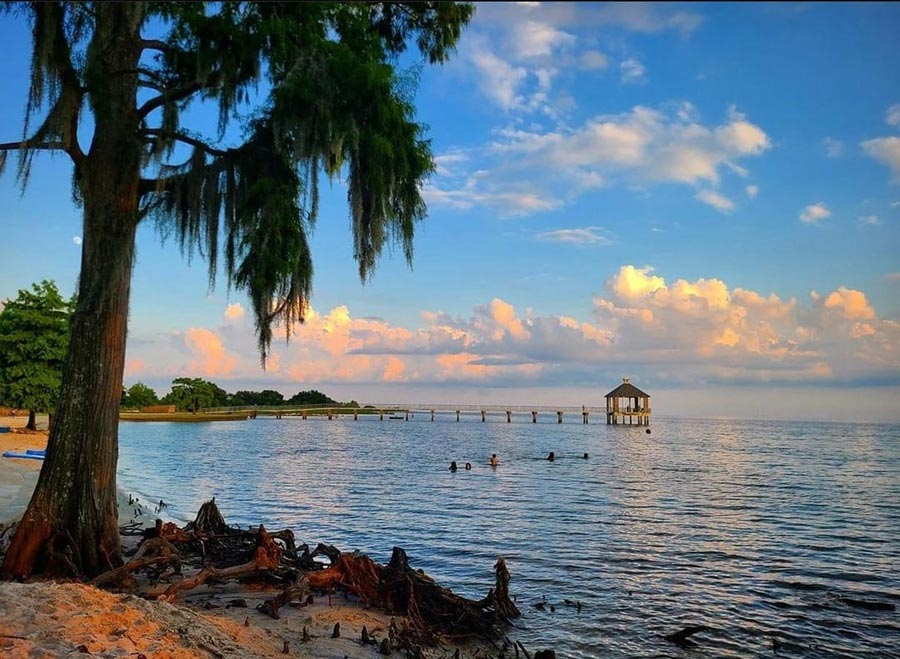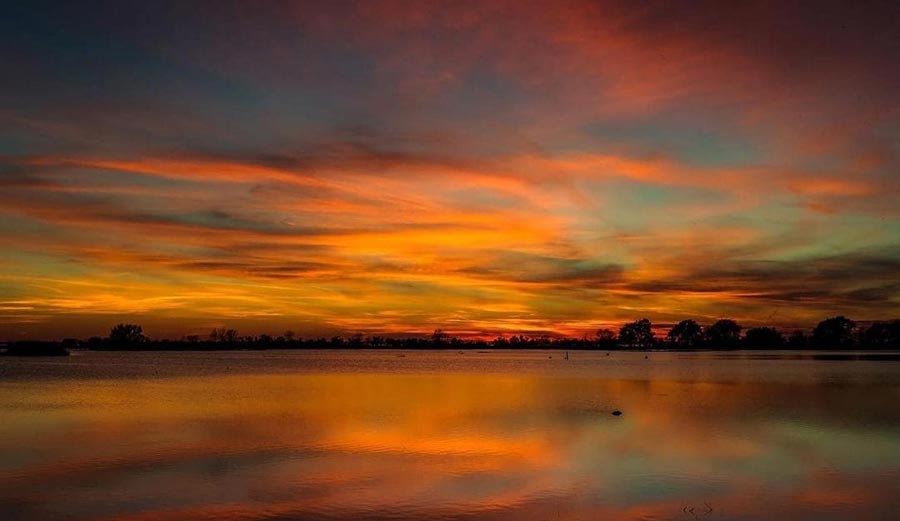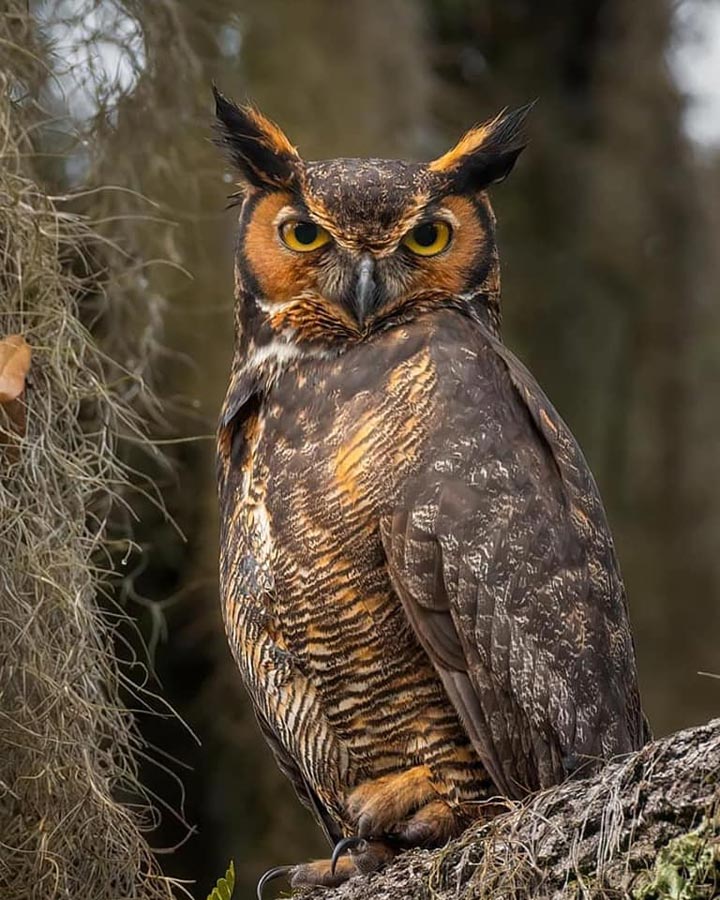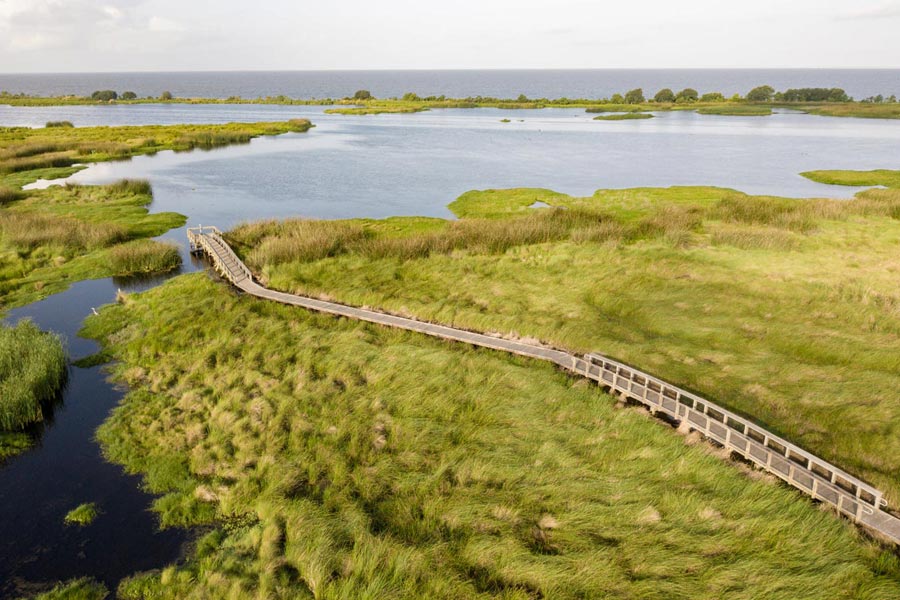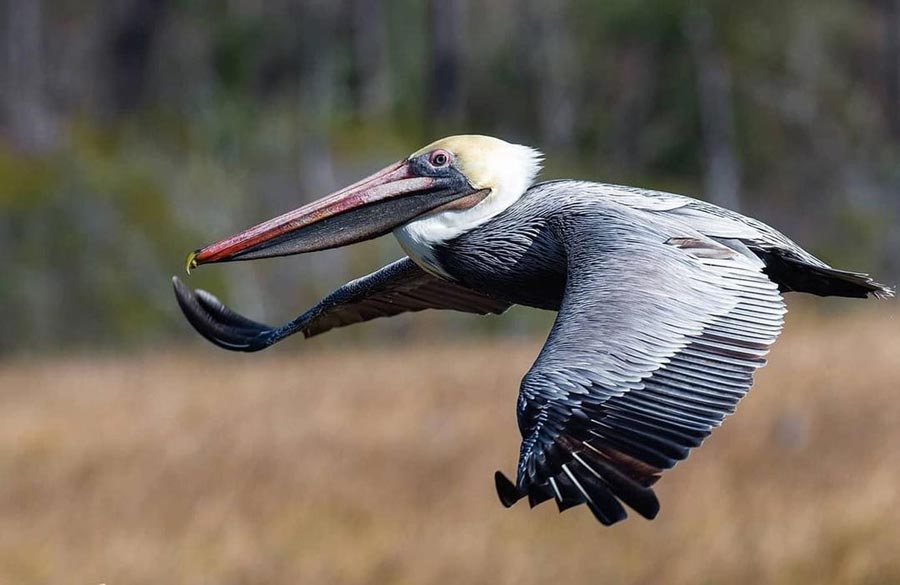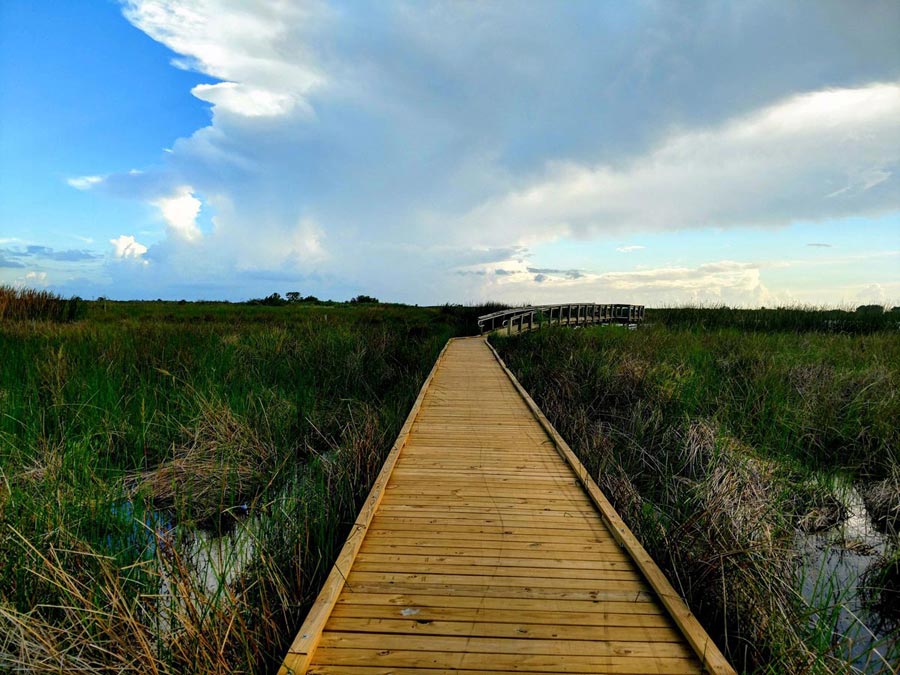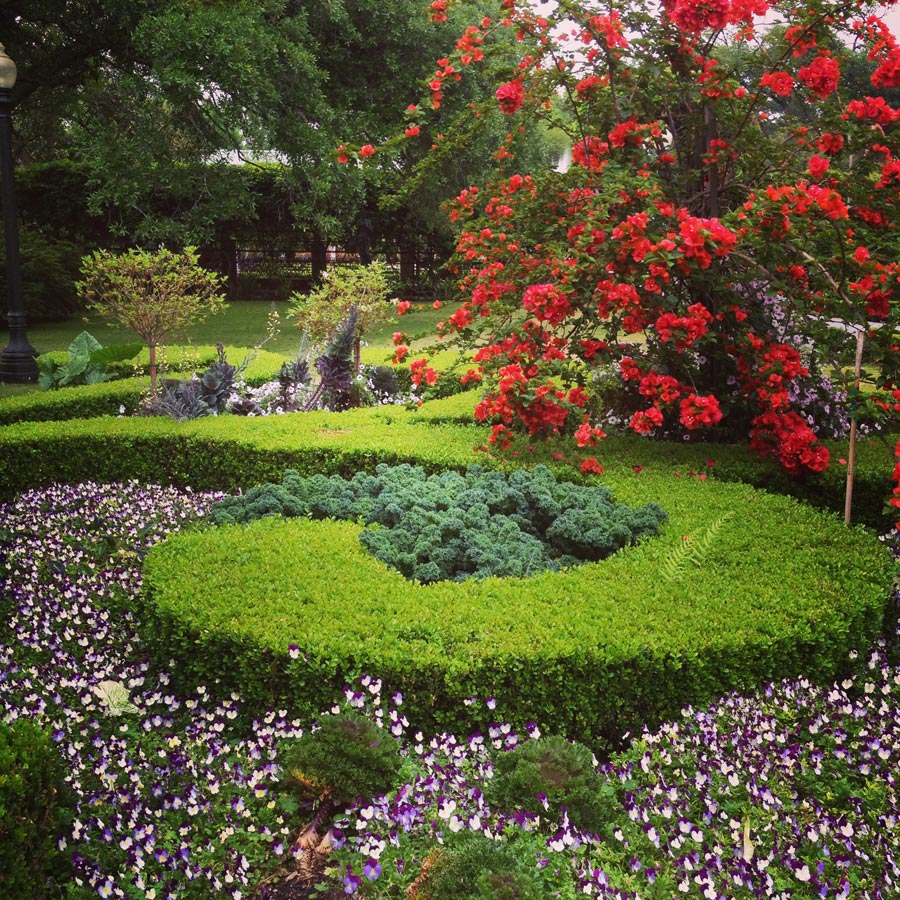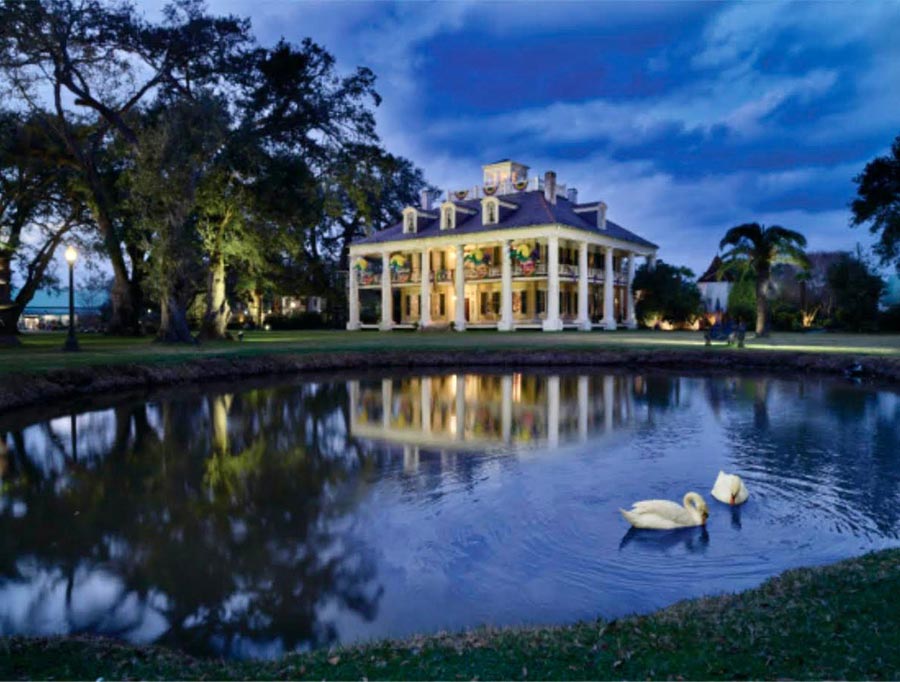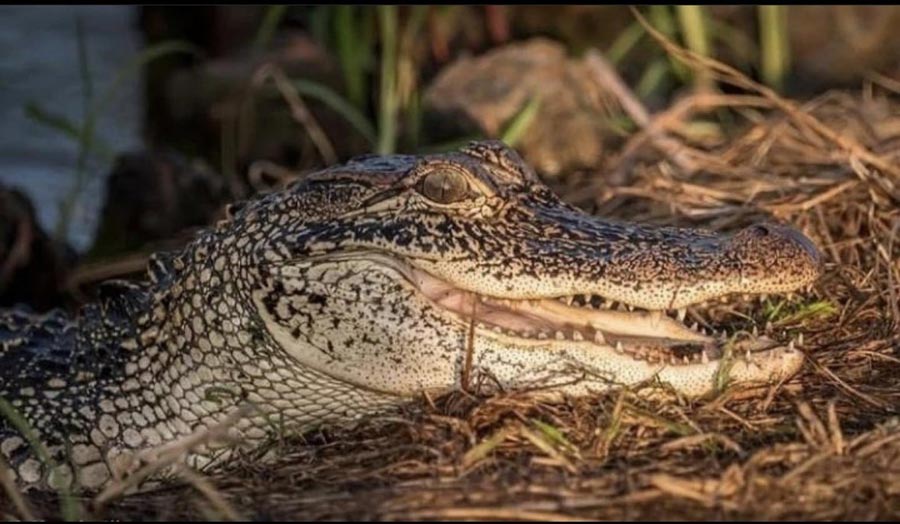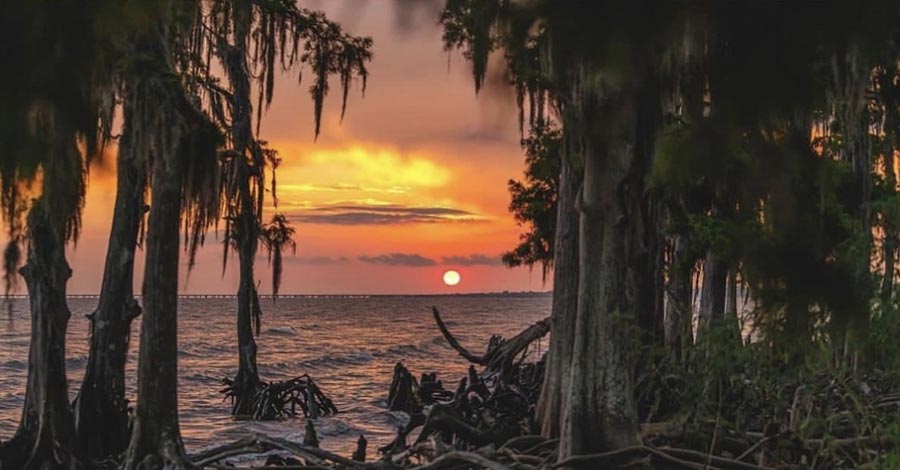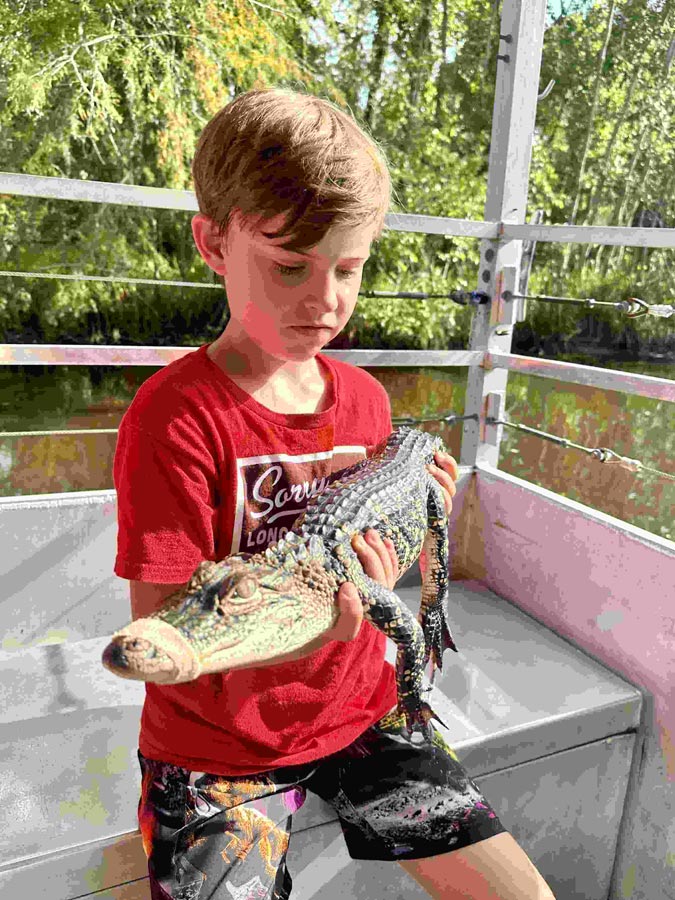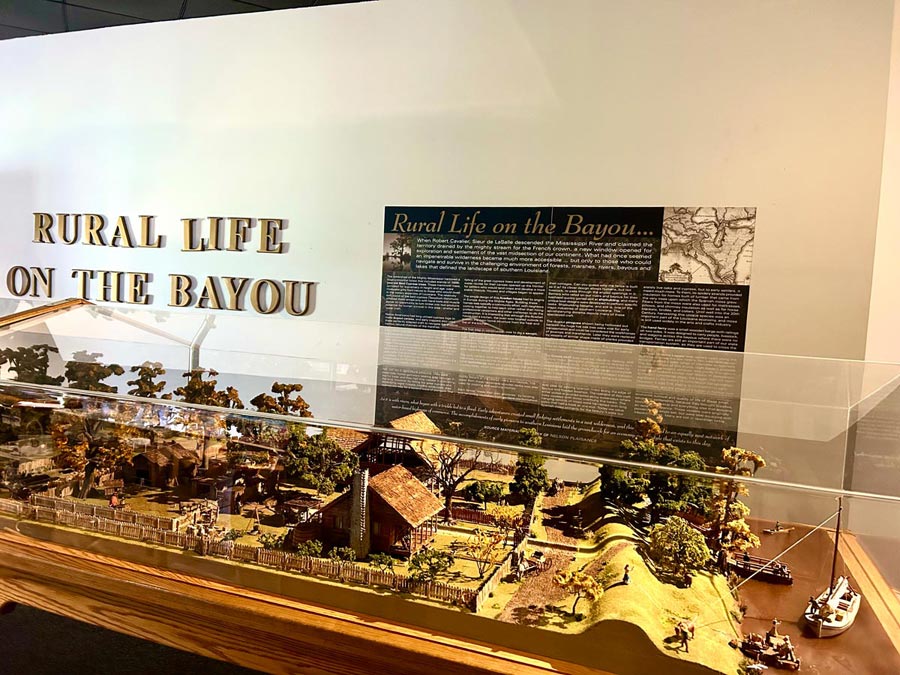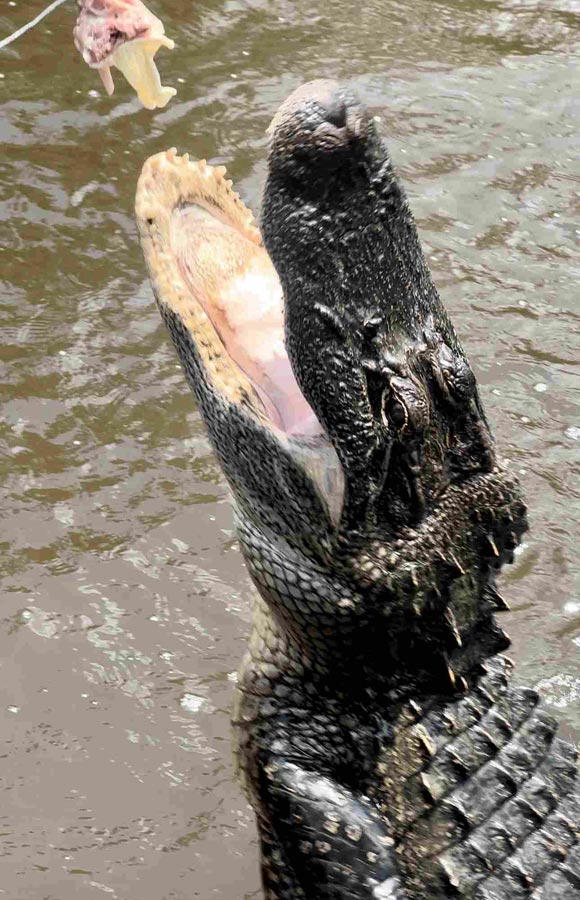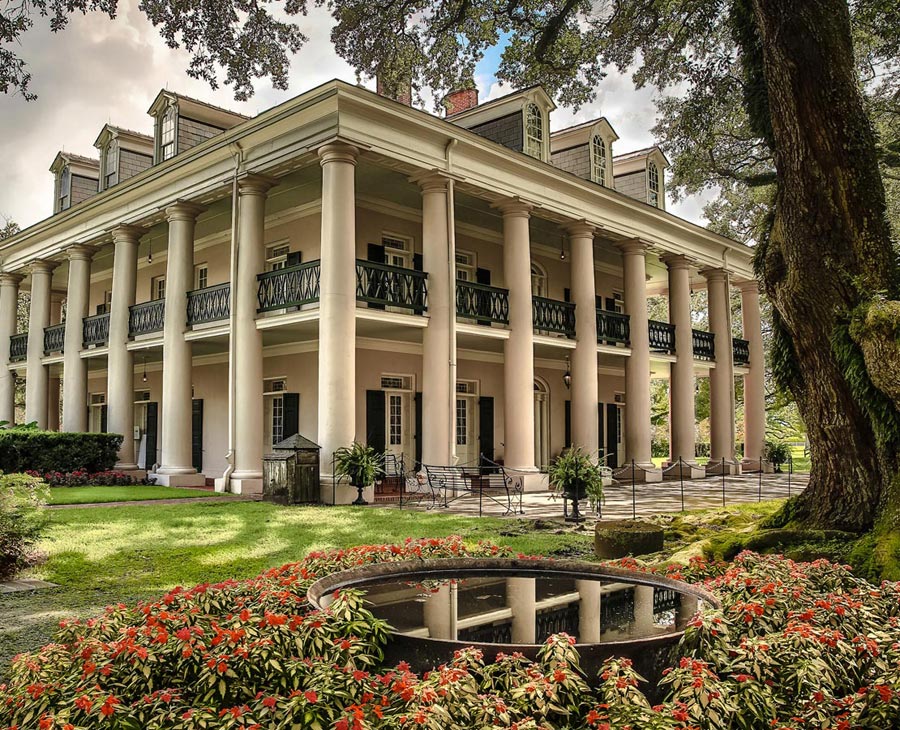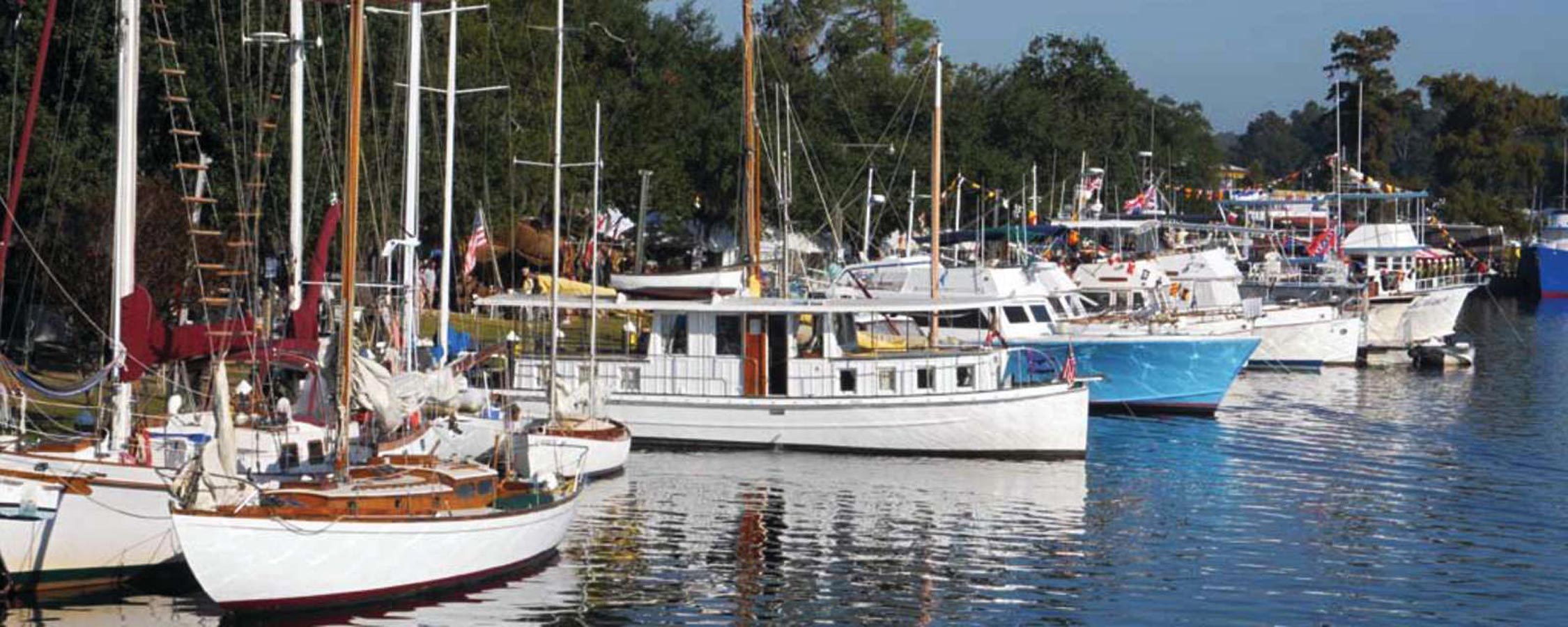August 23, 2023
Louisiana is blessed with abundant wildlife, historic sites and natural beauty. Just to the west of our airport, Louisiana's River Parishes is a strip of land about 120 miles long along the Mississippi River between New Orleans and Baton Rouge. The area is known for its unique history, agriculture, cuisine and ecosystems. Influences from Germans, Acadians or “Cajuns,” French, Spanish, Native Americans and enslaved Africans blend together to create a regional culture, unique even to Louisiana.
Live oaks draped in Spanish moss line the gently winding roads of our River Parishes, one of our state’s most storied and beautiful regions. This stretch is filled with history and engaging experiences for all ages to enjoy. Take a drive on the Great River Road where fields of sugar cane blow gently in the wind. With live music, tasty local food and spirited community events, our River Parishes serve up authentic culture with enduring charm.
Explore historic plantation estates, delve into the mysteries of the swamps, or even catch catfish at Lac des Allemands, the French translation for “Lake of the Germans.” The town of Des Allemands is known as the Catfish Capital of the Universe! Sample delectable Cajun and Creole cuisine as you make your way through the heart of Andouille country, the staple ingredient in gumbo, red beans and rice, and jambalaya. The Andouille Trail features 34 restaurants and old school meat markets that sell andouille or have it on their menus. Check out Jacob’s Andouille in LaPlace for a host of some of the best smoked meat products in the state. You can even go to the Andouille Festival (Oct. 20–23) in LaPlace and enjoy a real taste of a festival that is uniquely Louisiana. Or you can visit the Alligator Festival (Sept. 21–24) in Luling to see live alligators, listen to ten bands, spin on carnival rides, shop craft booths, and eat authentic Cajun cuisine. Any day of the week, consume some of the best food at Frenier Landing Restaurant on the shore of Lake Pontchartrain in LaPlace. Their alligator sausage with creole mustard or fried crawfish tails are great appetizers. The Eggplant Napoleon and the whole stuffed flounders are simply scrumptious!
Louisiana is known for its French heritage, but settlers from Germany, Spain and Italy, as well as African slaves and indigenous people, each contributed to the River Parishes’ distinct identity. Eighteenth-century European settlers found the area promising thanks to fertile soil bayous and swamps teeming with natural resources. Meander along River Road to see a variety of architectural styles, including Raised French Creole, Greek Revival, Victorian Renaissance, and Steamboat Gothic. Drive along vast fields of sugar cane or seek out Perique tobacco, one of the rarest blends of tobacco in the world. It’s planted and harvested only in St. James Parish, where the soil contributes to the tobacco’s robust, fruity flavor.
Children and adults alike will enjoy a wide range of outdoor activities that bring visitors closer to the region’s stirring natural beauty. Spot migratory birds, raccoons, deer, feral hogs, and alligators on a Cajun Pride Swamp Tour or a Swamp Adventures Airboat Tour for an even faster ride. You can even get a bird’s-eye view of iconic swamps by ziplining over alligators, turtles, snakes, and more from the safety of the treetops at ZipNOLA! They provide shuttle service from downtown if needed.
The River Parishes became a key location for growing sugar cane, with many plantations springing up here during the Antebellum Period. Stop at Destrehan Plantation, the closest Louisiana plantation museum to New Orleans, and experience the “Unheard Voices” tour, which highlights how marginalized people including slave and economically impoverished Cajuns lived. It also tells the story of the famous 1811 Slave Revolt, the largest insurrection of its kind in the United States. Destrehan Plantation's Annual Fall Festival opens from 9am to 4pm on November 11th and 12th, 2023 located at 13034 River Road in Destrehan. Craft vendors will showcase their talent and sell their handcrafted items. The mule barn promises to captivate the antique collector with distinctive pieces from antique dealers. Children's activities include pony rides, face painting and fall themed arts and crafts. Cajun and Creole food lovers can dine in the picnic area while enjoying live entertainment. House tours will be offered.
Explore over 200 years of history at Oak Alley Plantation in Vacherie. From its sprawling picturesque oaks and open spaces to its hidden nooks and crannies, Oak Alley’s landscape tells the story of a plantation in its evolution. Wide pastures stand where a pecan grove once thrived, and a 1920s formal garden quietly preserves the remains of an 1830s kitchen hidden under its turf. See the Big House, the Slavery Exhibit, the Sugarcane Theatre, and the Blacksmith's Shop. All are a tribute to the enduring legacy of Louisiana craftsmen, sharing the history of forging metalwork on plantations. Overnight guests are invited to enjoy a stay in one of their century-old cottages or newly constructed deluxe cottages located on the historic grounds.
The Houmas House Estate allows visitors to experience life on a sugarcane plantation in the 1800s. The mansion has been restored to the antebellum period, reflecting the opulence and wealth this sugarcane farm boasted in the 1880s. The guided mansion tour walks through the 250-year history, showing the architectural evolution of this manor house and how it became a grand estate. Rare and period artwork and artifacts are displayed and used to explain plantation life. The gardens are expansive and the most exquisite in all of Plantation Country. It boasts three restaurants that have captured the attention of food critics nationwide and have been voted among the top places to dine in the country. Luxurious cottages are available for guests seeking an overnight plantation experience.
Another top-rated plantation tour at Laura Plantation transports you into the complex and intimate relationships of four generations of a Louisiana Creole family, both free and enslaved. Laura's permanent exhibit examines, in biographical detail, the lives of Africans on the plantation from enslavement to the 20th century. Whitney Plantation in Wallace educates visitors about the history and legacies of slavery. It provides an overview of the Transatlantic Slave Trade and the history of slavery from the perspective of the slaves in Louisiana from 1719 to 1865. You will learn about the history of the Code Noir and topics of resistance and rebellion. To hear their stories and see how they lived is eye-opening and thought-provoking.
St. Bernard State Park is just east of us and is the ideal spot for visitors who are seeking a family atmosphere and natural experience. Many campers consider combining a camping vacation with a touring vacation of the New Orleans area. The Chalmette National Historic Park, Jackson Barracks and other sites are nearby. Located on the Mississippi River, the park contains a network of man-made lagoons which provides a peaceful, natural setting for relaxation. Woodlands meet wetlands and the park's nature trail is the perfect way to introduce children to the joy of discovery in nature. Picnic tables, barbeque grills, restrooms and a large covered pavilion complete with a grill are ideal for a family outing.
Fontainebleau State Park has the crumbling brick ruins of a sugar mill built in 1829 by Bernard de Marigny de Mandeville, founder of the nearby town of Mandeville, suggest an interesting history for this site, and indeed there is. The wealthy Marigny developed this area across Lake Pontchartrain from New Orleans as a sugar plantation until 1852. The plantation income helped support his lavish lifestyle. He named his large landholding Fontainebleau after the beautiful forest near Paris, a favorite recreation area of the French kings.
The 2,800-acre park is located on the north shore of Lake Pontchartrain. Visitors can see the lake dotted with multi-colored sailboats from the sandy beach. An old railroad track that runs through the park has been converted into the Tammany Trace as a part of the Rails to Trails program. It is a wonderful route for cycling, hiking and in-line skating. After a full day of activities, overnight guests can enjoy the rustic charm of the campground in a scenic setting.
The park's nature trail is a favorite of nature lovers. Over 400 different species live in and around Fontainebleau. Bordered on three sides by water, Lake Pontchartrain, Bayou Cane and Bayou Castine, and characterized by a convergence of diverse ecosystems, it has a multitude of habitats for wildlife.
Just north of Lake Pontchartrain in Madisonville, the Wooden Boat Festival (Oct. 14–15) will feature food and craft vendors, live music and the prettiest wooden boats you have ever seen. This family event is put on by the Maritime Museum Louisiana in Madisonville. Exhibits on steamboats, local wildlife, life on the bayou, lighthouses, an historic shipyard and an experimental submarine built by the Confederacy provide fascinating family fun.
Explore this soulful corridor of southeast Louisiana, which follows the twists and turns of the majestic Mississippi River and along the shores of Lake Pontchartrain and other waterways. You’ll be glad you did! The diversity of the area is enchanting and you will see why Louisiana is called the Sportsman’s Paradise.
Live oaks draped in Spanish moss line the gently winding roads of our River Parishes, one of our state’s most storied and beautiful regions. This stretch is filled with history and engaging experiences for all ages to enjoy. Take a drive on the Great River Road where fields of sugar cane blow gently in the wind. With live music, tasty local food and spirited community events, our River Parishes serve up authentic culture with enduring charm.
Explore historic plantation estates, delve into the mysteries of the swamps, or even catch catfish at Lac des Allemands, the French translation for “Lake of the Germans.” The town of Des Allemands is known as the Catfish Capital of the Universe! Sample delectable Cajun and Creole cuisine as you make your way through the heart of Andouille country, the staple ingredient in gumbo, red beans and rice, and jambalaya. The Andouille Trail features 34 restaurants and old school meat markets that sell andouille or have it on their menus. Check out Jacob’s Andouille in LaPlace for a host of some of the best smoked meat products in the state. You can even go to the Andouille Festival (Oct. 20–23) in LaPlace and enjoy a real taste of a festival that is uniquely Louisiana. Or you can visit the Alligator Festival (Sept. 21–24) in Luling to see live alligators, listen to ten bands, spin on carnival rides, shop craft booths, and eat authentic Cajun cuisine. Any day of the week, consume some of the best food at Frenier Landing Restaurant on the shore of Lake Pontchartrain in LaPlace. Their alligator sausage with creole mustard or fried crawfish tails are great appetizers. The Eggplant Napoleon and the whole stuffed flounders are simply scrumptious!
Louisiana is known for its French heritage, but settlers from Germany, Spain and Italy, as well as African slaves and indigenous people, each contributed to the River Parishes’ distinct identity. Eighteenth-century European settlers found the area promising thanks to fertile soil bayous and swamps teeming with natural resources. Meander along River Road to see a variety of architectural styles, including Raised French Creole, Greek Revival, Victorian Renaissance, and Steamboat Gothic. Drive along vast fields of sugar cane or seek out Perique tobacco, one of the rarest blends of tobacco in the world. It’s planted and harvested only in St. James Parish, where the soil contributes to the tobacco’s robust, fruity flavor.
Children and adults alike will enjoy a wide range of outdoor activities that bring visitors closer to the region’s stirring natural beauty. Spot migratory birds, raccoons, deer, feral hogs, and alligators on a Cajun Pride Swamp Tour or a Swamp Adventures Airboat Tour for an even faster ride. You can even get a bird’s-eye view of iconic swamps by ziplining over alligators, turtles, snakes, and more from the safety of the treetops at ZipNOLA! They provide shuttle service from downtown if needed.
The River Parishes became a key location for growing sugar cane, with many plantations springing up here during the Antebellum Period. Stop at Destrehan Plantation, the closest Louisiana plantation museum to New Orleans, and experience the “Unheard Voices” tour, which highlights how marginalized people including slave and economically impoverished Cajuns lived. It also tells the story of the famous 1811 Slave Revolt, the largest insurrection of its kind in the United States. Destrehan Plantation's Annual Fall Festival opens from 9am to 4pm on November 11th and 12th, 2023 located at 13034 River Road in Destrehan. Craft vendors will showcase their talent and sell their handcrafted items. The mule barn promises to captivate the antique collector with distinctive pieces from antique dealers. Children's activities include pony rides, face painting and fall themed arts and crafts. Cajun and Creole food lovers can dine in the picnic area while enjoying live entertainment. House tours will be offered.
Explore over 200 years of history at Oak Alley Plantation in Vacherie. From its sprawling picturesque oaks and open spaces to its hidden nooks and crannies, Oak Alley’s landscape tells the story of a plantation in its evolution. Wide pastures stand where a pecan grove once thrived, and a 1920s formal garden quietly preserves the remains of an 1830s kitchen hidden under its turf. See the Big House, the Slavery Exhibit, the Sugarcane Theatre, and the Blacksmith's Shop. All are a tribute to the enduring legacy of Louisiana craftsmen, sharing the history of forging metalwork on plantations. Overnight guests are invited to enjoy a stay in one of their century-old cottages or newly constructed deluxe cottages located on the historic grounds.
The Houmas House Estate allows visitors to experience life on a sugarcane plantation in the 1800s. The mansion has been restored to the antebellum period, reflecting the opulence and wealth this sugarcane farm boasted in the 1880s. The guided mansion tour walks through the 250-year history, showing the architectural evolution of this manor house and how it became a grand estate. Rare and period artwork and artifacts are displayed and used to explain plantation life. The gardens are expansive and the most exquisite in all of Plantation Country. It boasts three restaurants that have captured the attention of food critics nationwide and have been voted among the top places to dine in the country. Luxurious cottages are available for guests seeking an overnight plantation experience.
Another top-rated plantation tour at Laura Plantation transports you into the complex and intimate relationships of four generations of a Louisiana Creole family, both free and enslaved. Laura's permanent exhibit examines, in biographical detail, the lives of Africans on the plantation from enslavement to the 20th century. Whitney Plantation in Wallace educates visitors about the history and legacies of slavery. It provides an overview of the Transatlantic Slave Trade and the history of slavery from the perspective of the slaves in Louisiana from 1719 to 1865. You will learn about the history of the Code Noir and topics of resistance and rebellion. To hear their stories and see how they lived is eye-opening and thought-provoking.
St. Bernard State Park is just east of us and is the ideal spot for visitors who are seeking a family atmosphere and natural experience. Many campers consider combining a camping vacation with a touring vacation of the New Orleans area. The Chalmette National Historic Park, Jackson Barracks and other sites are nearby. Located on the Mississippi River, the park contains a network of man-made lagoons which provides a peaceful, natural setting for relaxation. Woodlands meet wetlands and the park's nature trail is the perfect way to introduce children to the joy of discovery in nature. Picnic tables, barbeque grills, restrooms and a large covered pavilion complete with a grill are ideal for a family outing.
Fontainebleau State Park has the crumbling brick ruins of a sugar mill built in 1829 by Bernard de Marigny de Mandeville, founder of the nearby town of Mandeville, suggest an interesting history for this site, and indeed there is. The wealthy Marigny developed this area across Lake Pontchartrain from New Orleans as a sugar plantation until 1852. The plantation income helped support his lavish lifestyle. He named his large landholding Fontainebleau after the beautiful forest near Paris, a favorite recreation area of the French kings.
The 2,800-acre park is located on the north shore of Lake Pontchartrain. Visitors can see the lake dotted with multi-colored sailboats from the sandy beach. An old railroad track that runs through the park has been converted into the Tammany Trace as a part of the Rails to Trails program. It is a wonderful route for cycling, hiking and in-line skating. After a full day of activities, overnight guests can enjoy the rustic charm of the campground in a scenic setting.
The park's nature trail is a favorite of nature lovers. Over 400 different species live in and around Fontainebleau. Bordered on three sides by water, Lake Pontchartrain, Bayou Cane and Bayou Castine, and characterized by a convergence of diverse ecosystems, it has a multitude of habitats for wildlife.
Just north of Lake Pontchartrain in Madisonville, the Wooden Boat Festival (Oct. 14–15) will feature food and craft vendors, live music and the prettiest wooden boats you have ever seen. This family event is put on by the Maritime Museum Louisiana in Madisonville. Exhibits on steamboats, local wildlife, life on the bayou, lighthouses, an historic shipyard and an experimental submarine built by the Confederacy provide fascinating family fun.
Explore this soulful corridor of southeast Louisiana, which follows the twists and turns of the majestic Mississippi River and along the shores of Lake Pontchartrain and other waterways. You’ll be glad you did! The diversity of the area is enchanting and you will see why Louisiana is called the Sportsman’s Paradise.

